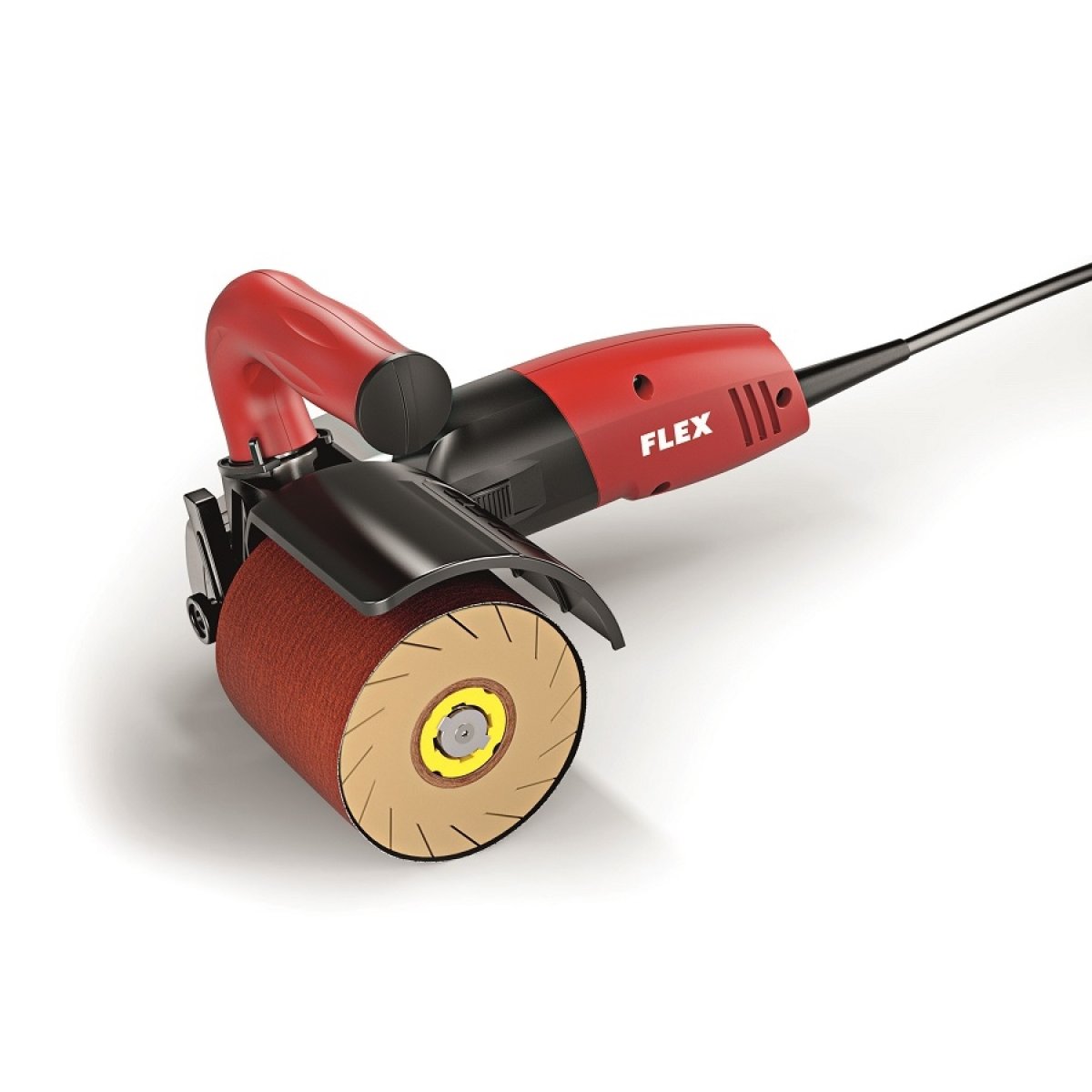America’s agricultural landscape changed over the years. There used to be a time when grain farmers relied on commercial transportation services to haul their products to the market. It resulted in a situation where fleets saw a decline in the commercial market, and farmers were forced to buy their own grain trailers to save on costs.
Now, farmers are not looking for all the bells and whistles when they are on the market for a Steel Grain Trailers. In fact, they might be perfectly fine with buying a second-hand truck. However, you should also consider the long-term maintenance costs due to corrosion, stress on the trailer, and the usual wear and tear.
You’re not only paying for the cost of the second-hand trailer, but you also have to think about the replacement parts or the technician fees. Plus, there is a standard safety issue because you have no guarantee that the previous owner was careful about maintaining the equipment.
Although it will need a significant first investment, it will save you a lot in the long run if you purchase a brand new hopper bottom trailer to haul your grains.
The next question is, how do you do it?
Things to Consider When Choosing a Steel Grain Trailer
- A wide range of length options — You need a manufacturer that can supply you with multiple lengths of flatbed trailers where the hoppers are mounted. From a minimum of 24 feet that can support a single hopper up to 42 feet, which can accommodate two hoppers.
- Capacity requirement — Another thing to consider is the volume of grains that need to be hauled. A small hopper has about 800 cubic feet of space, which should be equivalent to 20 tons of grains and other aggregates. When you’re talking about 42-feet steel grain trailers, however, they have more than 1,300 cubic feet, which can hold more than 33 tons of products.
- Warranty — The manufacturer should also have longer warranty coverage for the hopper trailer, which gives you peace of mind regarding the value of the trailer. It simply means that the manufacturer is behind its product 100%.
- Single or dual-axle — To know the difference, you only have to count the wheels. The single axle has a single set of wheels while the tandem axle has two sets. If you are only hauling small volumes, purchasing two axles would be an overkill. Single axles require lesser maintenance costs, so it is important to know your load. In addition, some states have corresponding laws on single, dual, or triple-axle trailers.
- Air or spring — When it comes to suspension, you have a choice of spring or air ride. Air rides are really not new but some truck drivers swear by how they lessen the burden on their backs, particularly on longer distances. However, researches found that air rides are advantageous only when the trailer is empty. In fact, leaf spring suspensions provide better stability and an improved ride when the truck is carrying extra weight.
If you do not know anything about machinery, it is crucial that you bring in a mechanic with you to inspect the steel grain trailer. You need to pay close attention to the tires, tarp, the frame of the trailer, and the hoppers themselves.
